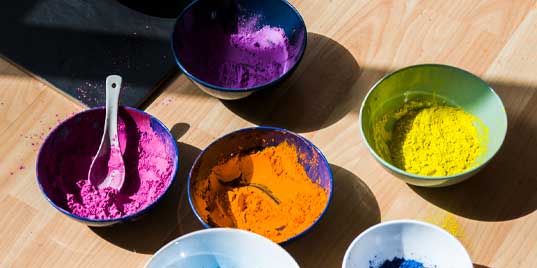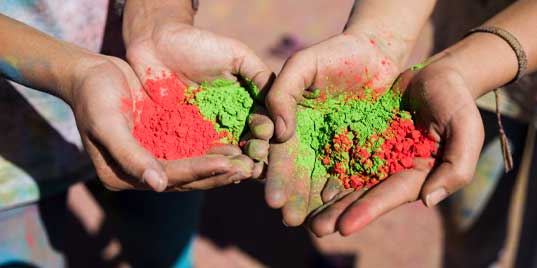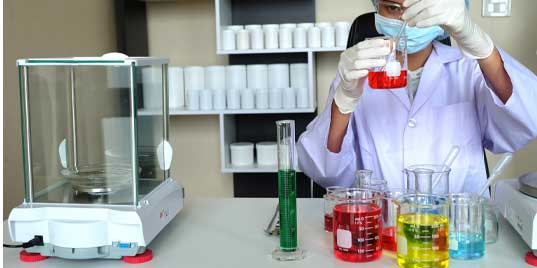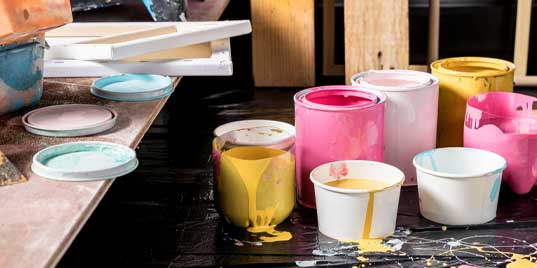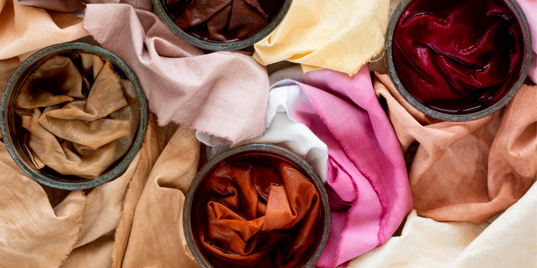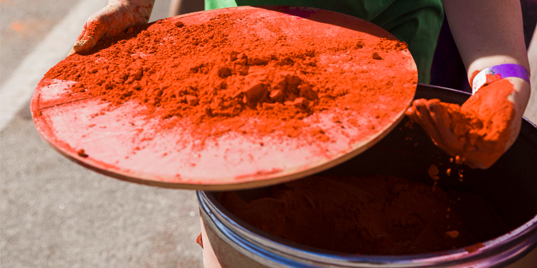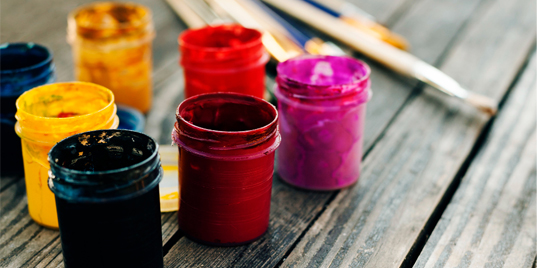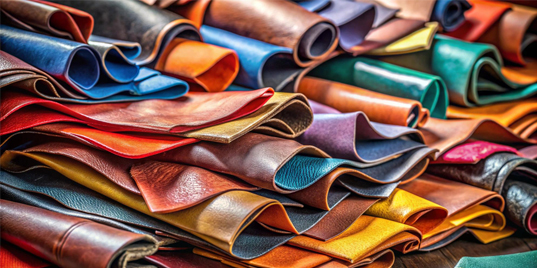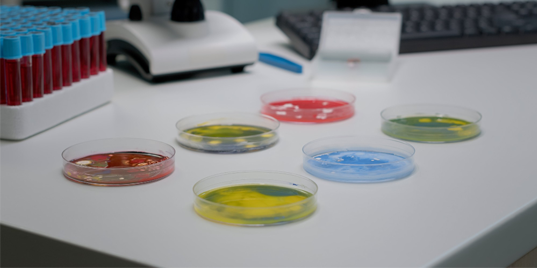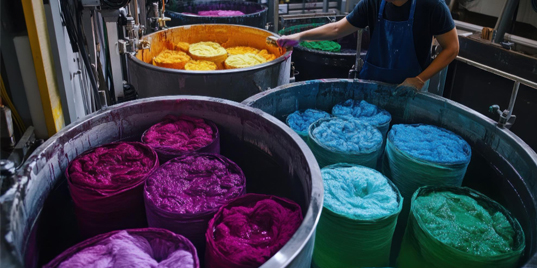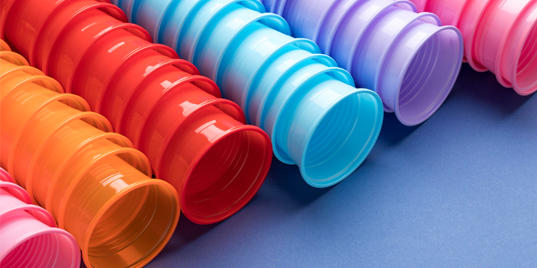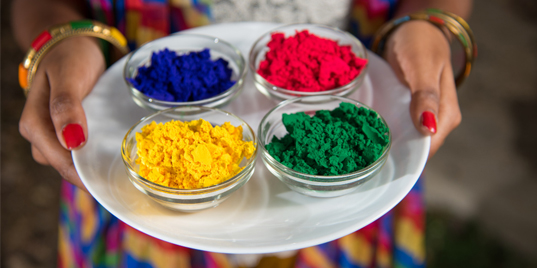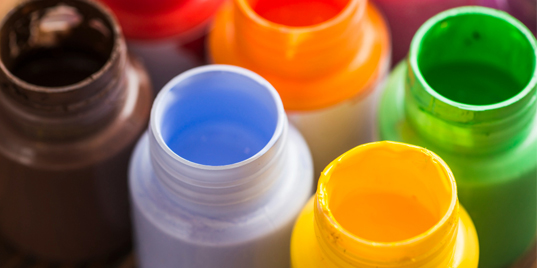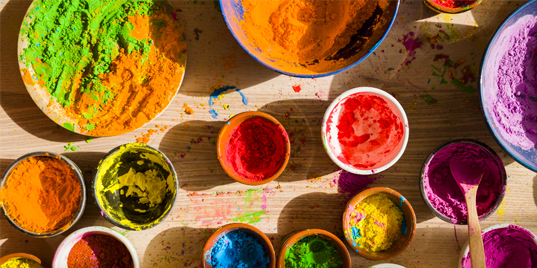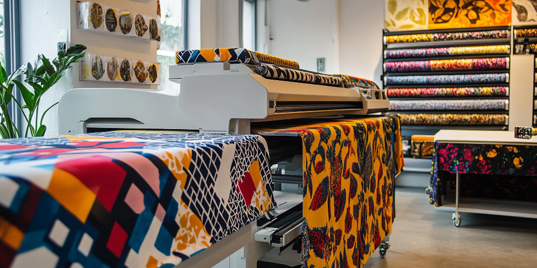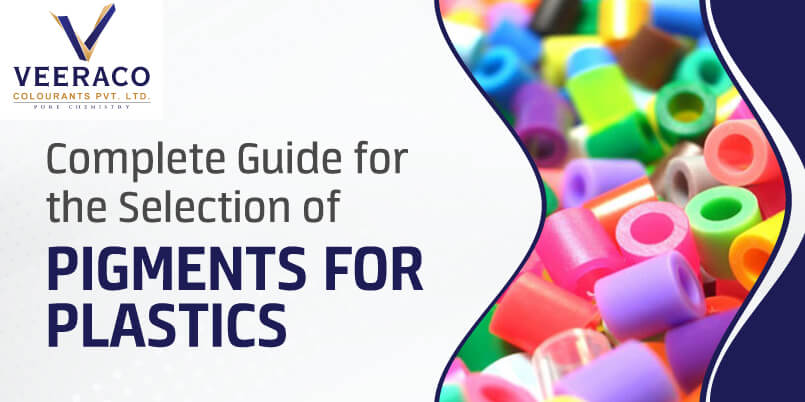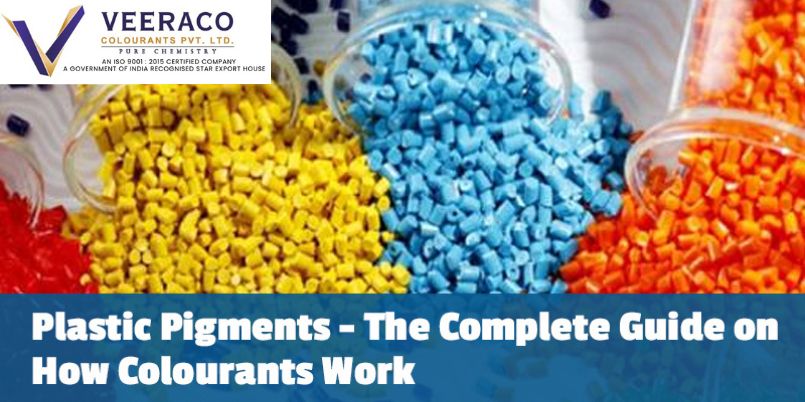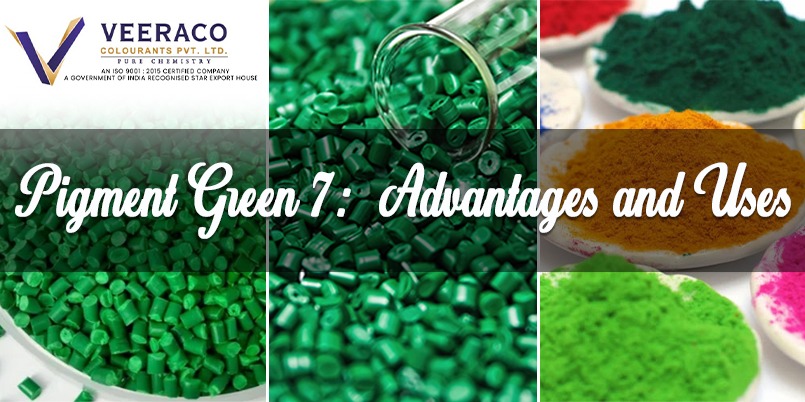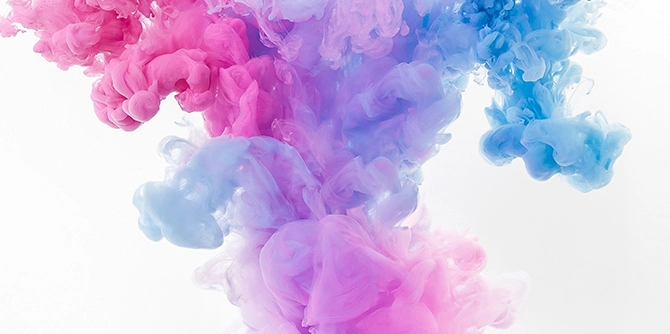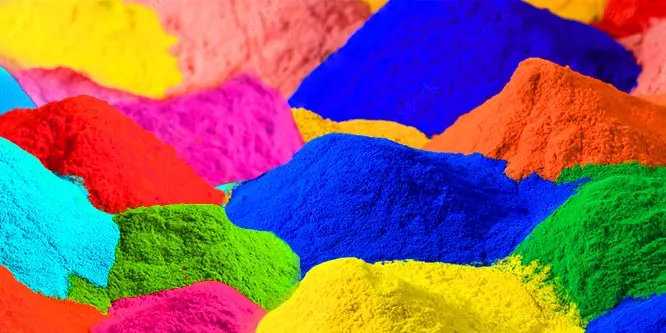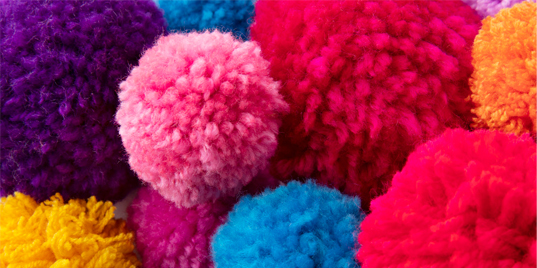
Choosing the Right Acid Dyes for Wool, Silk, and Nylon
- Admin
- Aug 28, 2025
Choosing the Right Acid Dyes for Wool, Silk, and Nylon
Acid dyes represent the primary colorant class for wool and other protein fibers, delivering brilliant colors with excellent fastness properties. From luxurious fashion fabrics to durable carpets, acid dyes enable the vibrant coloration that makes wool products desirable. This comprehensive guide explores everything textile manufacturers need to know about acid dyes manufacturers, chemistry, application methods, and quality standards.
Understanding Acid Dyes Chemistry
Acid dyes derive their name from application under acidic conditions, typically using sulfuric or acetic acid to lower dyebath pH. Understanding their chemistry explains performance characteristics and application requirements.
Chemical Structure and Classification
Acid dyes are anionic dyes (negatively charged) containing sulfonic acid groups providing water solubility. These dyes chemically bond with positively charged amino groups in protein fiber molecules through ionic and hydrogen bonding. Most acid dyes belong to azo, anthraquinone, or triarylmethane chemical classes, each offering characteristic color ranges and performance properties.
How Acid Dyes Bond to Wool
Wool fibers contain numerous amino acid groups creating positive charges under acidic conditions. Negatively charged acid dye molecules attract electrostatically to these positive sites, then form stronger bonds through hydrogen bonding and van der Waals forces. This bonding mechanism produces excellent wash fastness and durability.
Why Wool Requires Acid Dyes
Wool's protein structure with amino acid groups creates natural affinity for acid dyes. While other dye classes can color wool, acid dyes provide optimal combinations of brilliance, fastness, and cost-effectiveness.
Types of Acid Dyes for Different Applications
Equalizing Acid Dyes (Simple Acid Dyes)
Equalizing acid dyes feature relatively small molecules with limited fiber affinity, enabling them to migrate on fibers during dyeing for even coloration. They provide brilliant colors but moderate wet fastness, ideal for fashion fabrics and hand knitting yarns.
Milling Acid Dyes (Fast Acid Dyes)
Milling acid dyes have larger molecules with stronger fiber affinity, offering good color range and excellent wet fastness. Common applications include carpet yarns, upholstery fabrics, and apparel wool.
Super Milling Acid Dyes (Premetallized Dyes)
Super milling or premetallized acid dyes incorporate metal atoms such as chromium or cobalt, providing outstanding light and wet fastness. Used in premium wool products, carpets, and upholstery.
Acid Dyes for Nylon
Nylon fibers possess amine groups similar to wool, making them highly receptive to acid dyes. Applications include carpets, hosiery, lingerie, and activewear.
Metal Complex Dyes
1:1 and 1:2 metal complex dyes offer exceptional fastness properties for demanding applications requiring both brilliant colors and high durability.
Wool Dyeing Applications
Acid dyes serve diverse wool processing applications, including apparel fabrics, carpets, hand knitting yarns, upholstery, and blankets. Each requires specific dye performance characteristics.
Dyeing Methods and Process Control
Successful acid dyeing depends on process control—temperature, pH, and time. Common techniques include exhaust dyeing, continuous dyeing, and package or hank dyeing, with careful management ensuring level coloration and fastness.
Quality Testing for Acid-Dyed Wool
Testing ensures dyed wool meets specifications. Evaluations include color measurement, wash and light fastness, rubbing resistance, and migration behavior. Consistency and fastness ratings determine quality performance.
Selecting Reliable Acid Dyes Manufacturers
Choosing the right manufacturer ensures product consistency and technical support. Evaluate manufacturing capability, product range, quality systems, R&D strength, and certifications such as ISO and Oeko-Tex.
Indian Acid Dyes Manufacturers
India’s heritage in dye production spans over a century. Indian acid dye manufacturers offer high-quality, cost-competitive products with ISO-certified facilities and strong export capabilities. Their technical support and compliance with REACH and Oeko-Tex make them globally trusted partners.
Veeraco's Acid Dyes for Wool Processing
With over 80 years of experience, Veeraco Colourants provides acid dyes for wool, nylon, and silk across apparel, carpets, and upholstery sectors. Our ISO-certified production ensures consistency, while expert teams assist with dyeing recipes, process optimization, and troubleshooting for superior results.
Environmental Considerations
Modern acid dye production emphasizes sustainability. Effluent treatment, reduced environmental impact formulations, and process optimization minimize ecological footprint while maintaining performance standards.
Conclusion
Acid dyes remain vital for wool and protein fiber coloration, combining brilliant hues with reliable fastness. Partnering with trusted Indian manufacturers like Veeraco Colourants ensures access to consistent quality, technical expertise, and sustainable production practices for textile success.

